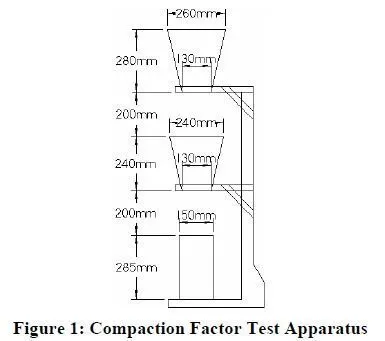The trowel test (Bartos 1992; Dobrowlski 1998; Bartos, Sonebi, and Tamimi 2002) is a nonstandard, subjective test to characterize the cohesiveness of a concrete mix. As a sample of concrete is troweled, the cohesiveness of the mix is judged by observing how well the concrete sticks together and whether the concrete sticks to the trowel. After the sample has been troweled, the magnitude of bleeding is observed subjectively. The test, when preformed by an experienced operator, can determine whether a given concrete mixture has a sufficient amount of mortar. Harsh mixes are difficult to trowel. The number of passes made by a trowel in order to bring the cement paste to the surface of the concrete can be used as an indication of workability. The test is most appropriate in situations when it is used in addition to other standard tests.
Advantages:
The test is simple and inexpensive.
When performed by an experience operator, the test can provide more information on workability than other tests. The subjective comments from the trowel test can have greater useful meaning than objective numbers from other tests.
Disadvantages:
The test is subjective, providing no numerical results.
As a subjective test, the trowel test cannot be used in specifications.
